I've tested all kinds of mountain bikes over three decades, but these 5 modern MTB features drive me properly nuts
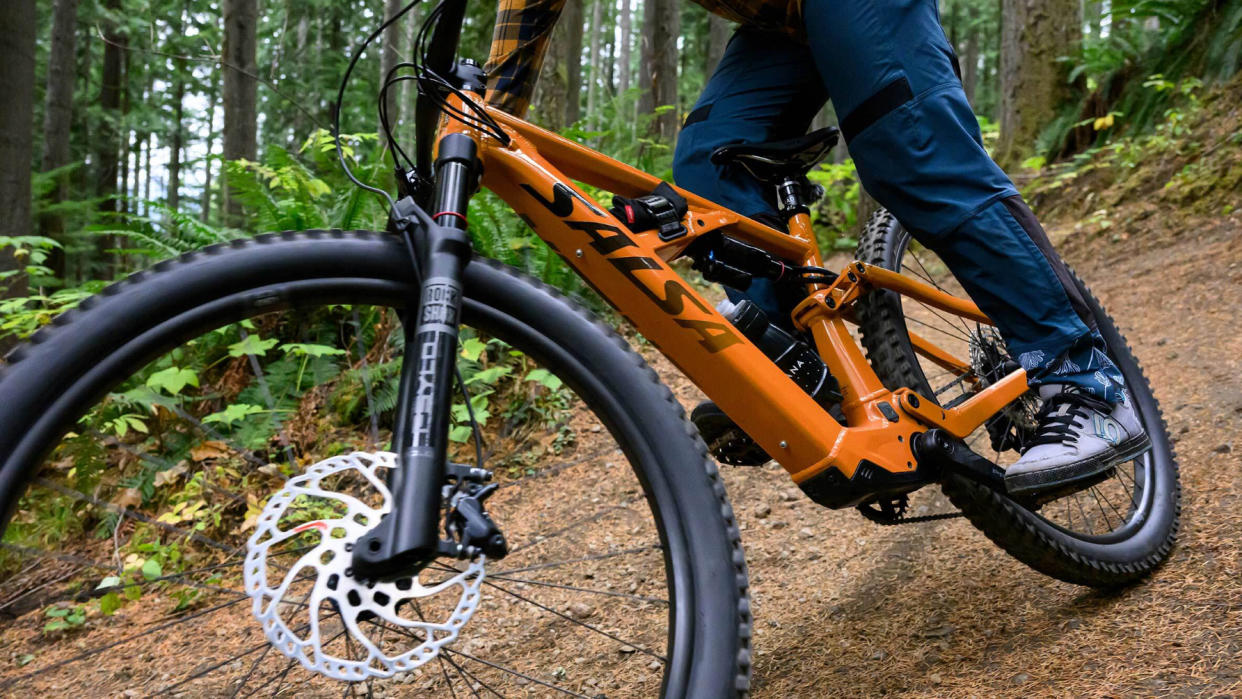
Over the past 45 years mountain bikes have evolved into super smart, super capable, fun hunters. With an MTB menu that runs from steel single speeds to battery-loaded, fully automated, AI suspension e-bikes, there’s an option for everyone too. But which current MTB trends could our ultra-experienced test editor, Guy Kesteven, happily do without? Here’s his five most hated new bike features and why they wind him up so much.
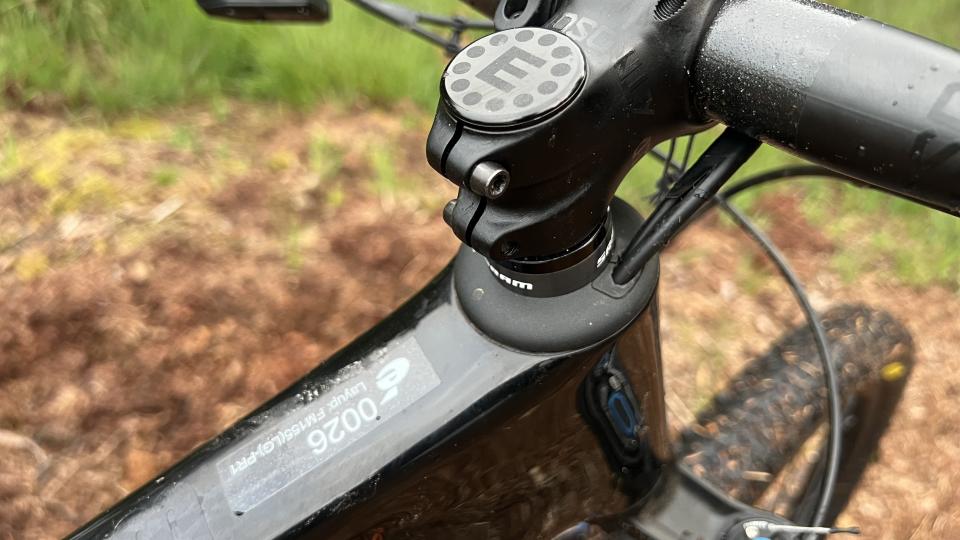
1. Headset cable routing
Hating on brake hoses and gear cables that are routed down through the headset bearings and into the frame isn't really news. Especially among shop mechanics or anyone who likes to do their own bike maintenance. That’s because while it might look neat when new, if you ever have to replace the headset bearings you’ll need to disconnect the gear cable and rear brake hose too. We’ve also seen alloy steerer tubes badly cut into by the sawing motion of hoses and cable outers as they rub against the metal.
The only possible allowable exception is on really superlight XC frames, where the weight savings of leaving thin-walled tubes free from reinforced cable insert points can potentially translate into saved seconds when racing. However, for most trail and enduro riders I don’t think the short-term aesthetic wins are worth the long-term hassles that headset routing brings.
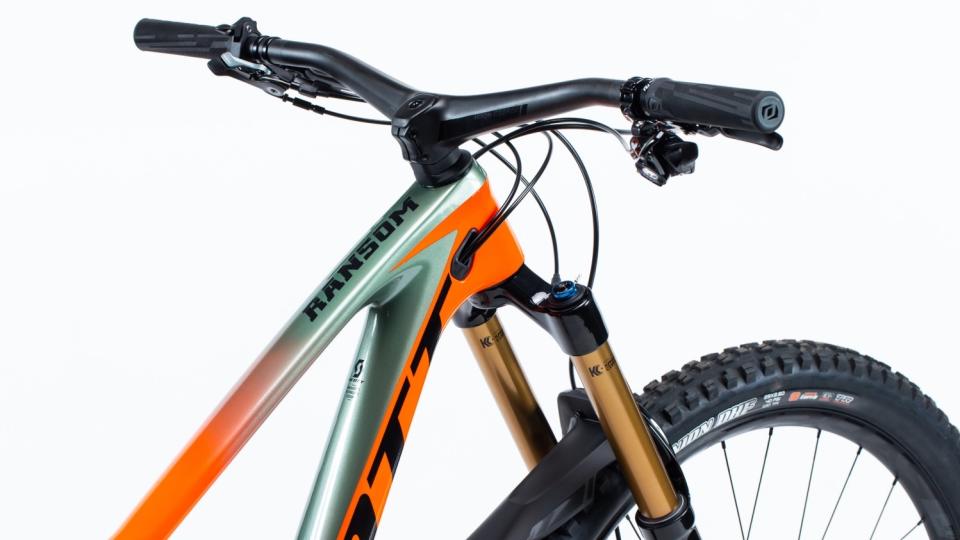
2. One-piece cockpits
The pretty rather than practical design crew have also been busy decorating lots of top end mountain bikes with one-piece carbon handlebars and stems. Again, it’s potentially allowable on XC race bikes where every gram counts but stiffness can’t be sacrificed. On other bikes though, it's just stupid.
Companies fitting ‘combo cockpits’ to their flagship trail, enduro and e-MTB models are purely doing it for fashion reasons. Fashion that comes at the expense of being able to adjust handlebar angle or sweep, or easily fit things like MTB lights or GPS computers to your bars. It’s also a lot more expensive to replace both bars and stem and re-buy separates rather than just changing the bit you have beef with on a standard two-piece setup. Oh and before anyone waves a set of scales at me, having actually weighed combo bars and conventional setups I can tell you the separates often come out lighter overall too.
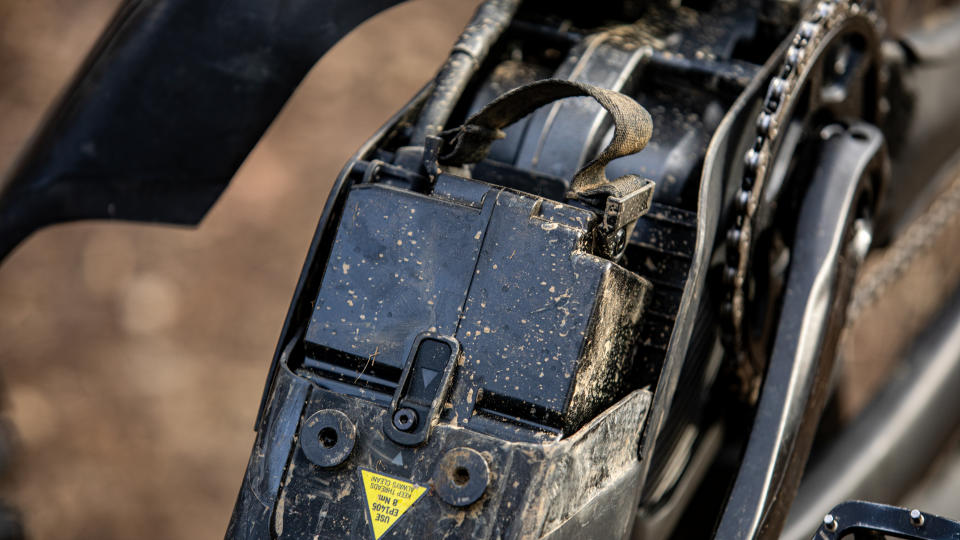
3. Proprietary e-MTB components
Considering how much people have whinged about a handful of different bottom bracket or hub standards in the past, it baffles me how accepting everyone has been that every e-MTB motor has a different frame fit. You can’t even guarantee a new motor will retrofit frames made for old motors from the same brand. And when SRAM partnered with Brose to make their motor, they used a different mount to the motors they make for Specialized, so you can’t fit Powertrain to a Levo for an Auto Shift upgrade.
It’s not just the motors either. Even if you stick to the same brand, most batteries can’t be shared between bikes because they’re a proprietary shape or the mounting hardware is different. There’s not even any standard convention when it comes to connectors or chargers either. That also means most auxiliary batteries are proprietary too.
And for those of you asking "so what?”. At a time when the bike industry is sinking under the weight of excess stock and too many options, it seems crazy not to try and consolidate to simplify things for manufacturers and more importantly customers. Especially when your original motor and battery die and failure to find the specific replacements you need will mean you’ll have to scrap the whole bike.
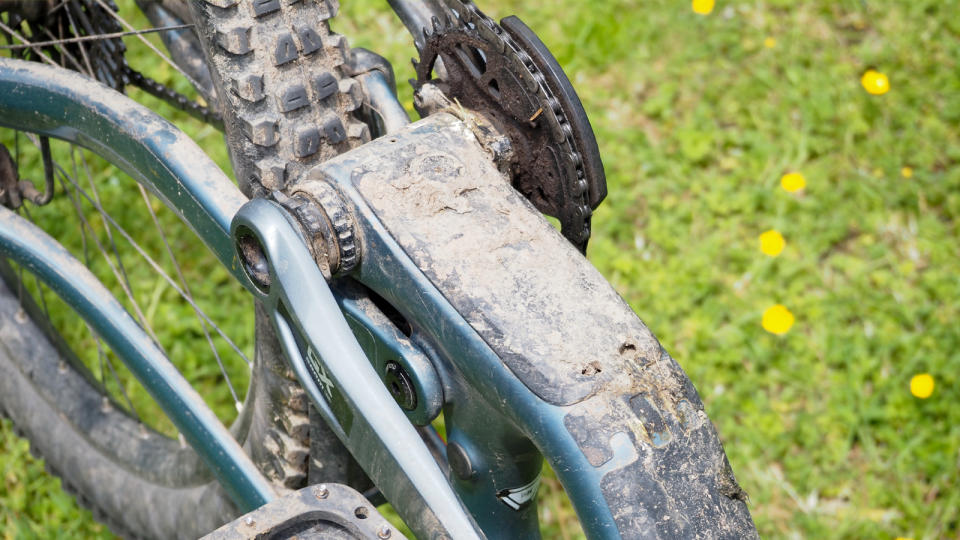
4. Useless internal storage
Don’t get me wrong, I’m a big fan of internal storage when it’s done right. Being able to stuff three full-sized sausage rolls inside the SWAT hatch of a Specialized Stumpjumper brings me genuine joy. Depending on the mission ahead, I’ve stuffed coats, tools, spares, first aid kits and even survival blankets into the Gloveboxes on Santa Cruz’s too
However, I’m not into wrestling a skimpy, space-saver inner tube through an awkwardly tight hatch, that can’t swallow proper tools or a pump. Digging through filth beneath the bottom bracket to find the hatch screw for an underside dungeon and pulling out gritty, rusted cargo that would have been cleaner stuffed under my saddle is a literal low point too.
Because let’s not forget, these ‘features’ are not only frustrating to use, but they’re also adding cost and complexity to the frame manufacture, so you’re paying extra for something you’ll soon be sick of using.
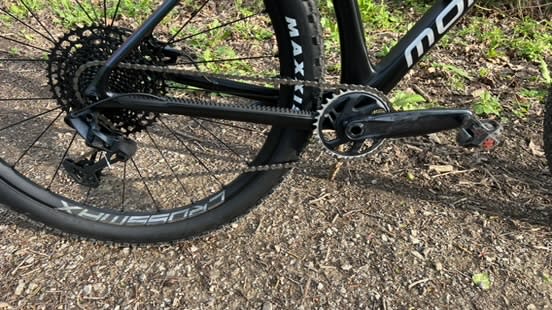
5. Downspecced cassettes and chains
OK, this one is less of a feature and more of a sneaky compromise, but it's one that will literally grind your gears. Gold Factory forks look fancy and carbon bits save a few grams, but if you’re a product manager who tries to hide poverty line spec behind them on a test bike, don’t expect me to be nice about it. Cheap chains go rusty so fast they’ll potentially offset any performance gains from grams saved elsewhere as soon as it rains. Heavy budget cassettes can be enough to make the best suspension feel noticeably more clunky and upset the proportional weight balance of a bike. If we’re talking SRAM SX and NX, they also use a different freehub standard, so that makes upgrading really awkward too. Oh and you get a more restricted gear range.
And while I reserve the worst of my bile for the back-end components, there’s no point fitting a highlight rear mech and wiring it to a cheap shifter either. Because believe me, it’s your fingers and thumbs that give the feedback when it comes to overall gear changing vibes, not how much carbon or alloy is in the mech.

